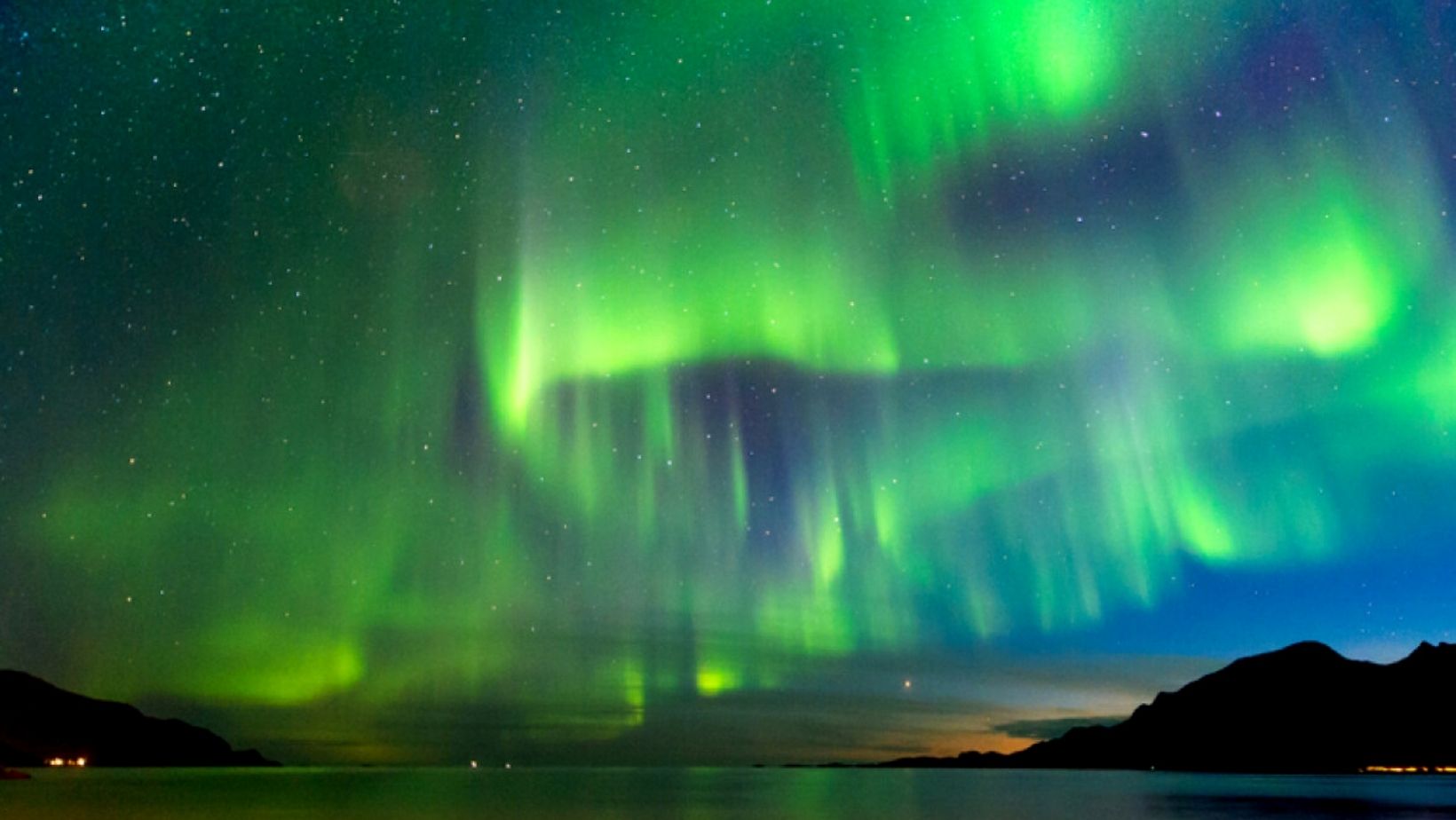Bright auroras may illuminate the dark skies over the Czech Republic this Halloween weekend.
A large solar flare erupted Thursday and is set to reach Earth Saturday, which could result in a strong geomagnetic storm and cause the aurora borealis, or Northern Lights, to be visible across the US and Europe, including the Czech Republic.
This was stated by astronomer Petr Horálek from the Silesian University in Opava with reference to information from the US National Oceanic and Atmospheric Administration.
“If the geomagnetic storm is as strong as astronomers predict, the glow observable from our extremities will be low above the northern horizon, most likely after dark,” he said.
In Europe, the forecast shows, weather permitting, the aurora borealis may be visible overhead from across Norway, Sweden and Finland, and even as far south as Scotland and St. Petersburg, Russia.
It may be visible on the horizon as far south as Dublin, Ireland and Hamburg, Germany.
According to Horálek, aurorae are created due to the interaction of charged particles, which travel continuously from the Sun, with molecules and air atoms in the Earth’s high atmosphere.
They commonly occur between 80 and 150 kilometers above the earth’s surface. Behind the interaction are protons, electrons and so-called alpha particles, ie helium nuclei with two protons and two neutrons, which the Sun usually produces during strong eruptions in magnetically closed clouds.
A massive Solar flare (photon burst) left the Sun this week and a Coronal Mass Ejection (CME: loads of plasma!) was released. The flare hit Earth 8.5min later, but the CME arrives tomorrow and will make spectacular auroras around the world! (green line= aurora visible on horizon) pic.twitter.com/S47Iw47aPf
— Dr. James O'Donoghue (@physicsJ) October 29, 2021
How do auroras form?
The aurora borealis and aurora australis are stunning, fascinating meteorological phenomena, but how exactly do they form?
To understand the auroras, you have to start by looking at the magnetic field of the Earth. There are weak points at the north and south poles.
The magnetic field mostly protects the Earth from the solar flares and solar wind that come from the sun, but when there are strong solar flares, those particles move around the magnetic field and enter the atmosphere at the polar weak spots.
As those particles move into our atmosphere, they react to the molecules in our atmosphere to create lights in green, yellow and red.
Support Prague Morning!
We are proud to provide our readers from around the world with independent, and unbiased news for free.
Our dedicated team supports the local community, foreign residents and visitors of all nationalities through our website, social media and newsletter.
We appreciate that not everyone can afford to pay for our services but if you are able to, we ask you to support Prague Morning by making a contribution – no matter how small 🙂 .





